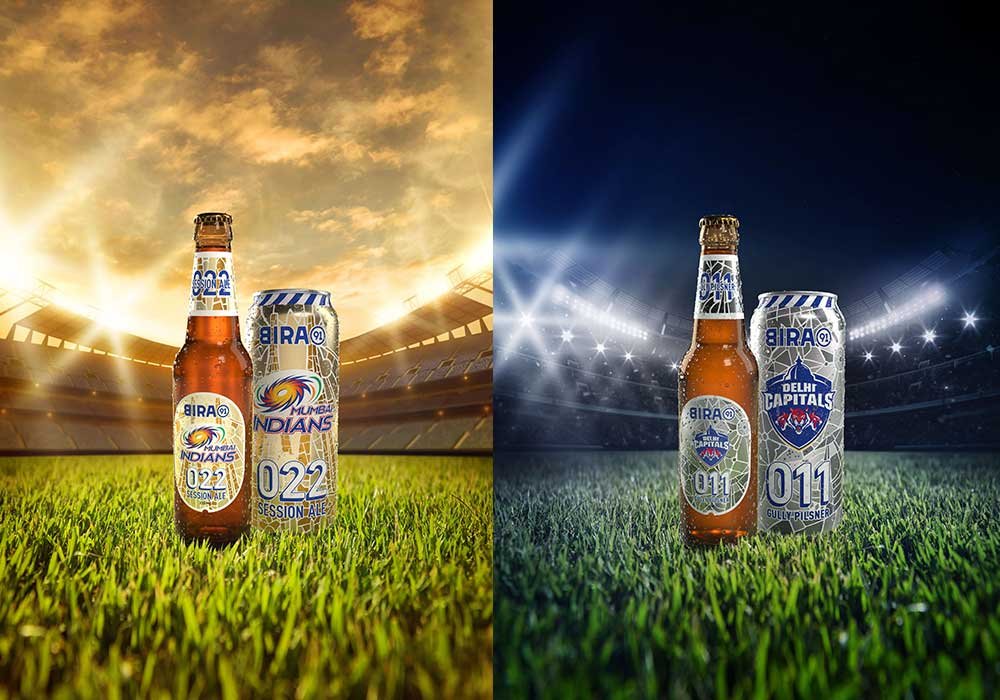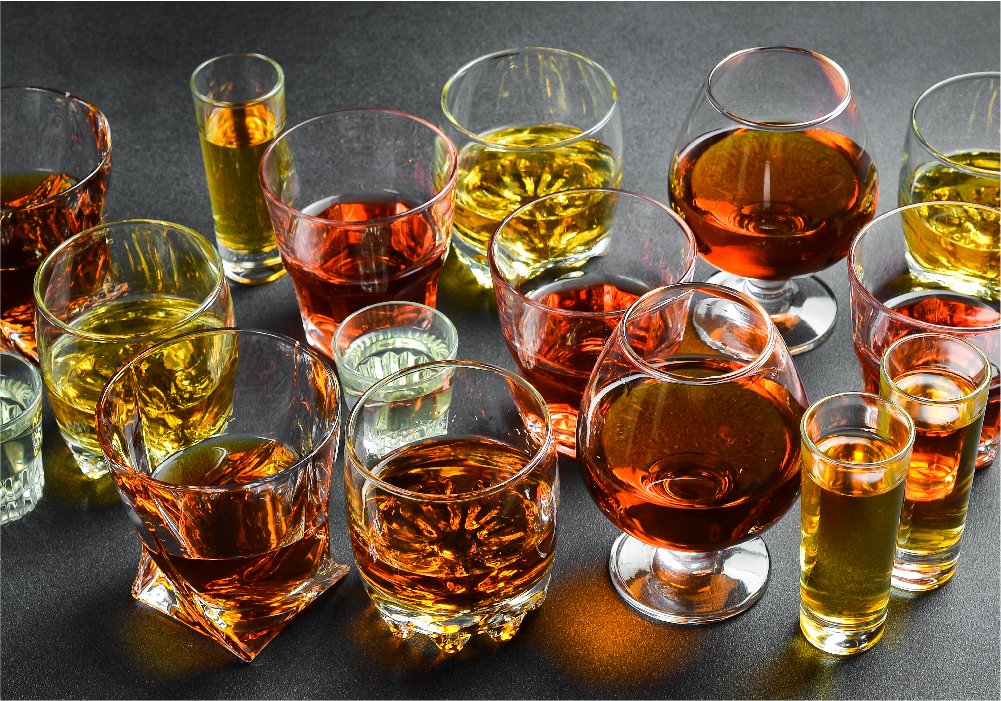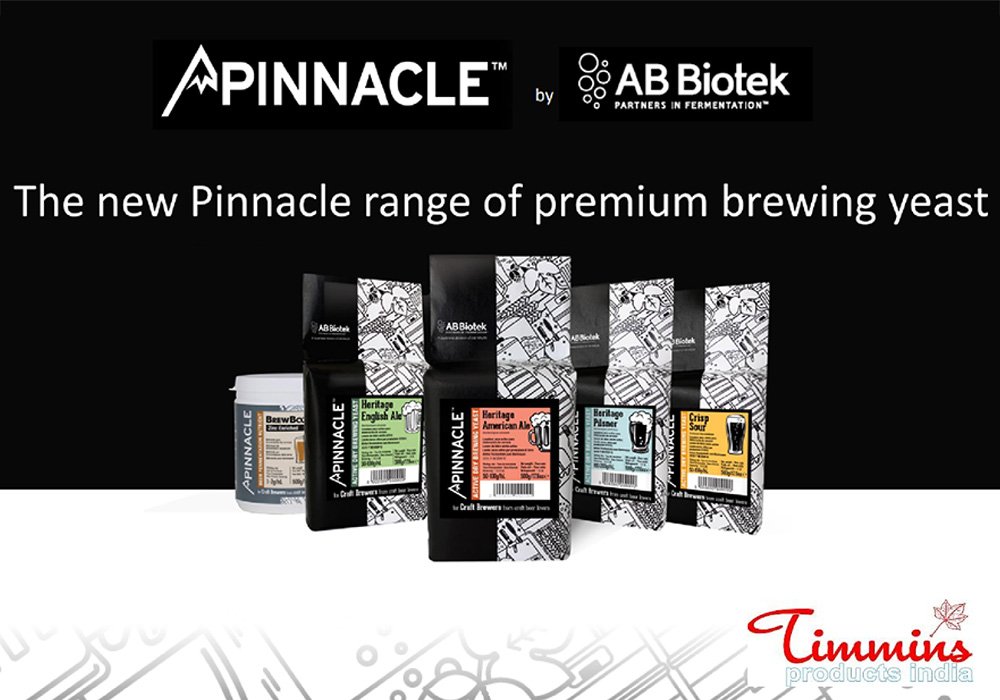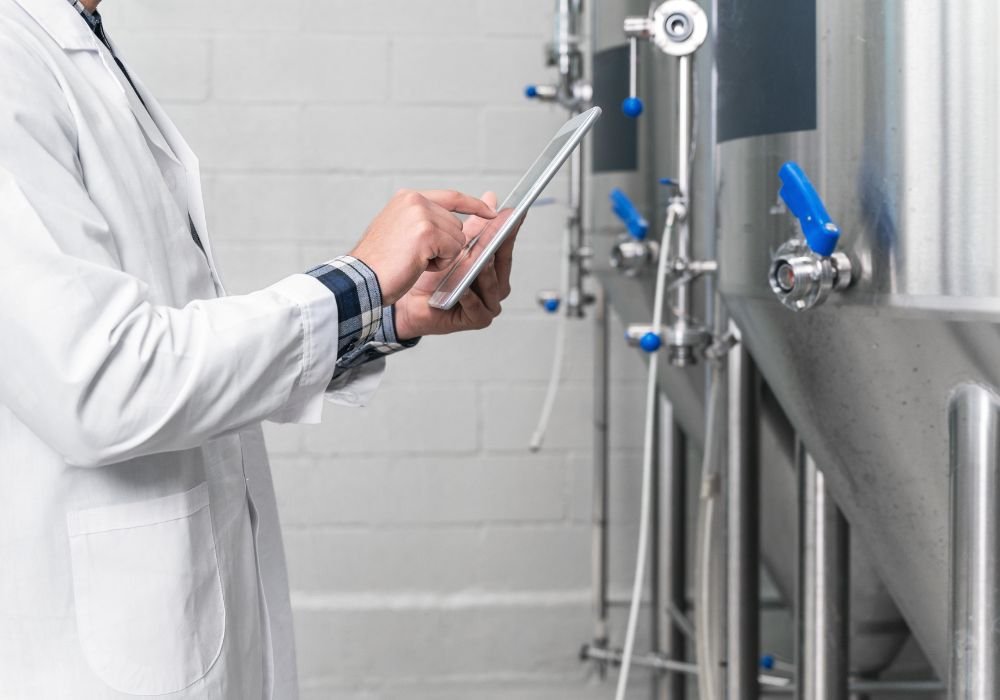
Lagers, or lager beers, offer a class of beers with a world of flavours and diversity beyond common knowledge. Most consumers are familiar with the relatively neutral, pale, medium alcohol level, crystal clear, and mildly bitter versions. However, there is a vast range of flavours within the lager category.
Pale lagers are often considered the most drinkable and are therefore the most consumed worldwide, thanks to regional variations and strong branding. However, lager beers exhibit a wide range of characteristics comparable to ale beers, including colour, hoppiness, maltiness, bitterness levels, body, etc. Among the most traditional parameters of lagers is the fermented flavour, which tends to be less intense over time. This parameter changes with new craft lagers, a direct consequence of the chosen yeast and fermentation process.
What Defines Lager Beer?
If it's not solely flavour characteristics that define lager beer, what does? The answer lies with the yeast species used to ferment it. While ale beers are fermented with a wide range of Saccharomyces cerevisiae (S. cerevisiae) strains, lager beers are fermented with Saccharomyces pastorianus (S. pastorianus), a bottom-fermenting yeast.
Bottom fermentation is often used to describe lager fermentation. Our ancestors, without understanding the phenomenon, used to collect yeast from the top of the fermenters. During this process, a specific phenotype that rises at the end of the fermentation was selected: top fermentation (ale yeast). In contrast, lager yeast is defined by another phenotype; yeast that settles at the bottom of the fermenter. However, today this distinction does not necessarily hold true due to advancements in brewing techniques and yeast management.
Lager yeast is relatively recent in evolutionary history compared to S. cerevisiae. With traces of fermented grain dating over 10,000 years, S. cerevisiae has been part of the human diet for millennia. As a result, numerous domestication events allowed its phenotypes to evolve. Among others, maltotriose utilization has increased, and phenol production, both being important and differential flavour aspects to lagers.
S. pastorianus is actually a hybrid yeast. For a significant period, only one parent of this hybrid was known: S. cerevisiae. More recently, the puzzle was solved with the discovery of Saccharomyces eubayanus, the second parent according to today’s microbial evolution theory. While the exact details of the hybridization event remain uncertain, extensive research has shed light on the process. Most likely, the new hybrid was born when S. cerevisiae and S. eubayanus bred in a brewery environment. A plausible scenario suggests that the breeding may have taken place during fermentation in the cold caves of Bavaria during the 15th century. Cryotolerance, the ability to maintain physiological and genetic stability at low temperatures, played a significant role in the selection of the lager yeast species. Lager yeast was favoured for its capacity to ferment at low temperatures, unlike ale yeast, which struggles to complete fermentation below 16-18°C. Lager yeast can effectively achieve final attenuation at temperatures lower than 11°C. In the Czech Republic, it is not uncommon to transfer beer into maturation tanks at around 3-4°C (when attenuation has only reached 73-75%). This extended fermentation process may take an additional three months but will not stop until it’s over.
Apart from being cryotolerant, the S. pastorianus yeast strain exhibits characteristics such as medium-high attenuation, good flocculation and sedimentation properties, and being phenolic off-flavour (POF) negative. Compared with ale yeast, lager strains have lower genetic diversity.
Lastly, lager yeast is known, apart from exceptions, to be very neutral in its fermentation flavour formation. S. pastorianus does not produce noticeable amounts of higher alcohols (fusel alcohols) and fruity esters compared with S. cerevisiae. But what is neutral in beer? A brewmaster can make the perfect wort in the brewhouse; however, the wort produced will not be a tasty beverage. Wort is heavy, not refreshing, and full of undesirable aldehydes. Only beer yeast can remove the aldehydes and increase the freshness and drinkability—in a word, make it a good beer. To this end, lager beer is not neutral at all (nor is ale yeast). Lager yeast reveals the hidden potential of the raw material used and unveils all the effort of the brewmaster who has worked so hard to make the perfect beer.
Diversity in Lager Beer Styles
When thinking about the vast diversity of lager beer, one common feature comes to mind: balance. Unlike certain modern versions of craft and ale beers, the soul of most lagers is finding the perfect equilibrium between bitterness, sweetness, drinkability, malt character, and fermentation flavours. Finding the perfect strain for each beer style alongside brewery specificity is of major importance. Pilsner is the most iconic style of what is considered a premium lager. A Pilsner typically offers a crisp and refreshing taste with moderate to high bitterness, balanced hoppy notes, subtle maltiness, and a clean dry finish. Fermentation flavour is neutral, just revealing the combination of raw materials used to make the beer.
Fermentis provides ideal solutions for these styles with yeasts such as SafLager™ S-33 and SafLager™ W-34/70, which can ensure neutral character and avoid off-flavours.

Marzen Beer, Oktoberfest, or Vienna lagers are variations of similar styles. From strong golden colour to copper, they are characterized by their rich maltiness, balanced by a clean finish and moderate hop bitterness. These styles showcase a robust malt profile with flavours of toasted bread, caramel, and toffee, balanced by a moderate hop bitterness and clean, dry finish, making them ideal choices for autumnal festivities and cool weather enjoyment. Of German origin, SafLager™ W-34/70 allows a clean fermentation profile to benefit the malty character of Marzen, Oktoberfest, or Vienna lager beers. For slightly fruitier versions, SafLager™ S-23 remains an ideal option that can certainly add a layer of complexity to some malty-fruitiness that can be present in these styles.
In general, fruitiness is a flavour often enjoyed by consumers, and some brewers are diversifying lagers in this regard. Often called estery lager, it is an alternative to the neutral fermentation flavour of S. pastorianus. Although every brewery yeast produces higher alcohols and esters (even in bottom fermentation), in most cases, these volatiles are close to or below their respective flavour thresholds. One of the most important features is the ratio of higher alcohol to esters. A common target is to reach for values between 3 and 4:1. Fermentis SafLager™ E-30 produces significantly higher amounts of fruity esters, specifically isoamyl acetates, that provide a banana-like character to beer, at least two times more than any other lager yeast in the Fermentis range. This yeast allows for innovative alternatives to classic and modern lager beer styles, bringing forward the fermentation fruitiness and adding extra layers of flavour complexity.
Modern advancements are not limited to fermentative and malty flavour diversity; they also encompass the development of new hop nuances. Apart from the traditional and hopped Pilsners, Italian lagers are dry-hopped versions, using the same noble European hop (Saaz, Hallertau Mittelfrüh, Tettnang, Spalt, etc.). The base of the beer is very similar to Pilsner styles with a balance leaning towards hops, having medium to high bitterness, freshness, and lower malt character. The dry hopping adds to the complexity of the beer, providing extra layers of floral and herbal notes, and the yeast choice can make a difference. The perfect yeast to allow for noble hop expression is SafLager™ S-189. Cold IPA, New Zealand Lager, or India Pale Lagers are variations of the lager version of IPA. Characterized by its high hop dosage and medium to high smooth bitterness, these beer styles are diverse and result from the brewer’s creativity. Any variety of hop can be used for dry and late hopping to confer a wide range of fruity notes such as citrus, tropical, floral, or herbal.
In conclusion, lager beers present a rich spectrum of flavour profiles and styles, each possessing its own distinct character. While malts and hops often take the spotlight, it's essential not to overlook the crucial role of yeast. The craftsmanship of the Brewmaster in harnessing these elements renders lager beer a timeless classic and a beloved choice for beer enthusiasts worldwide.















